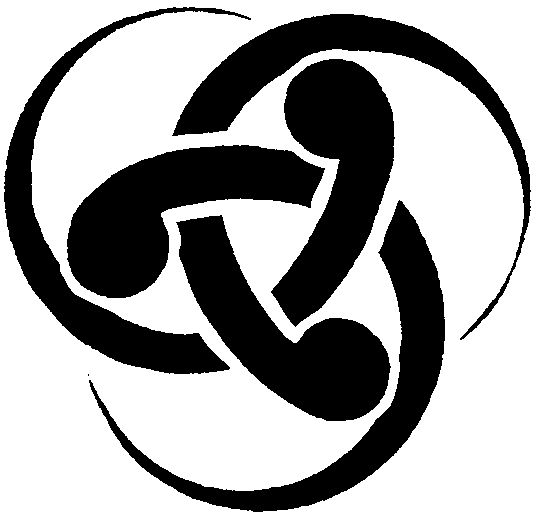|
Sample Student final exam answers 2019 |
LITR 4340
 American Immigrant Literature Model Assignments |
|
Jasmine Choate
The Dominant Culture is Blindingly “White”
For the final web highlights of the
semester, I decided to focus on model assignments that were submitted for finals
from previous semesters. I felt that I would benefit from seeing how past
students reflected on the course and the final section focused on dominant
culture. I discovered my topic of interest when reading Dylan Putt’s final essay
from 2016 One Nation. He focused on
what truly defines the dominant culture and its number one identifier being the
color white. With Putt’s essay, Dorothy Noyes’ 2013 final research report
What is “White” and Why?, and Amber
Boone’s 2016 final research report The
Dominant Culture and ‘Whiteness’ I was able to further reflect on the final
portion of our immigrant literature narratives.
In his essay, Dylan made several key
points on what truly makes up the dominant culture and its “white” label. It
easy to simply categorize all European descendants into the category of white,
essentially stripping them of any culture. However, if you truly think about
where all the “white” people actually come from, they are not all the same. Putt
worded this well by describing the grouping of people as “a tapestry of
immigrants.” (Putt 2016) However, he also points out that even though light
skinned Americans of European descent are immediately categorized as white and
white only, there are also interlaying divisions between the dominant culture.
And this has to do with class, money, and social status. “This is upward
mobility. This is how one joins the modern dominant culture. This is America.”
(Putt 2016)
I found that Dorothy Noyes’ final
research report was on the same wavelength as Dylan’s essay by questioning the
concept of race, just with a deeper look into what it really means to be
categorized as “white”. She breaks down the actual definition of race and finds;
“the classification of race that is in place is mostly arbitrary and invented,
it lays the groundwork as to the establishment of ‘white’.” (Noyes 2013) Dorothy
also brings up an interesting perspective when thinking about white people as a
race of identity and how they are treated despite being the dominant culture
here in America. She includes lyrics from a song titled “I Don’t Like White
People” that are full of stereotypes that could not possibly represent every
culture that is overshadowed by the term “white”.
Amber Boone’s research report take
aspects of both Dylan’s essay and Dorothy Noyes’ report and combines them into
another fresh outlook on how to define “white” and the people underneath that
label. She questions the shallowness that stems from how someone is labeled as
white, or not. When discussing her personal experiences through family members
who are both half white, one being light skinned and the other not, yet only one
would actually be acceptable as a part of the white race. I think Boone does a
good job at taking this idea that “White” being this eraser of culture and
heritage of the European people simply because of the “all mighty superiority”
that comes with being light skinned in America. With this mindset, she posed an
important question; “I wonder what that culture would truly be if the label
“white” was cast aside.” (Boone 2016) To think how different each person who is
considered “white” lives their life and culture day to day here in America,
proves that there is more to the dominant culture than the blinding difference
in skin tones.
Through these three model assignments,
I learned that there is a lot more to the dominant culture than its whiteness,
or the outsiders lack thereof. Putt, Noyes, and Boone all took different routes
in their search for the answer of what it means to be white, and how that has
become the number one defining characteristic of the dominant culture here in
America today. Their conclusions being extremely clear, that the dominant
culture is essentially made up of immigrants that have diverse cultures that
have been white washed in order to be grouped together and gain power and
dominance over those who they find to look and be different.



